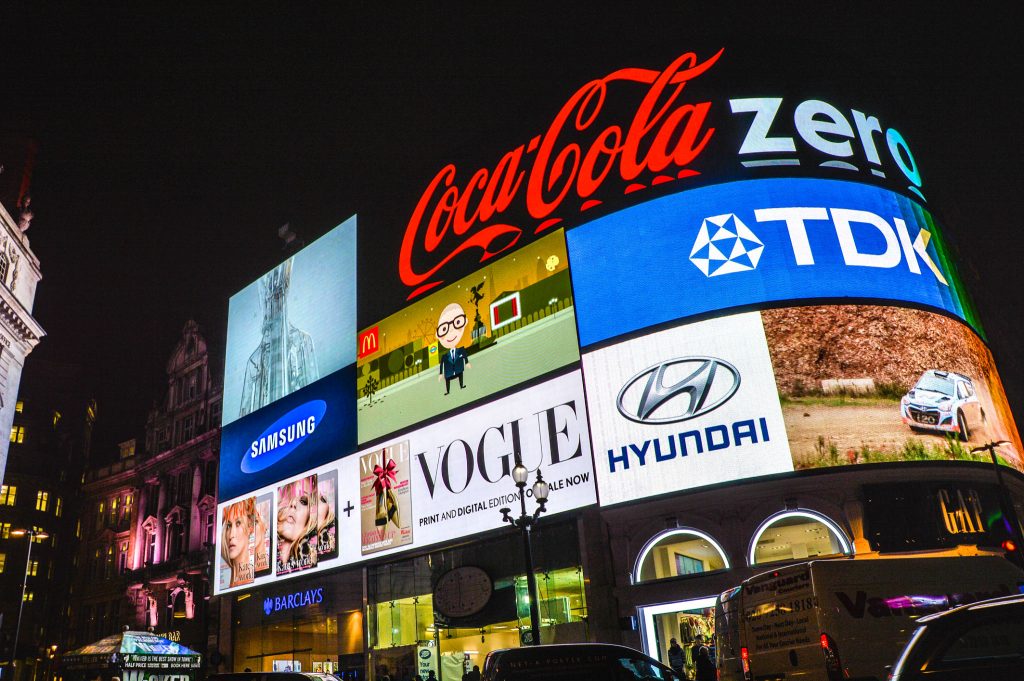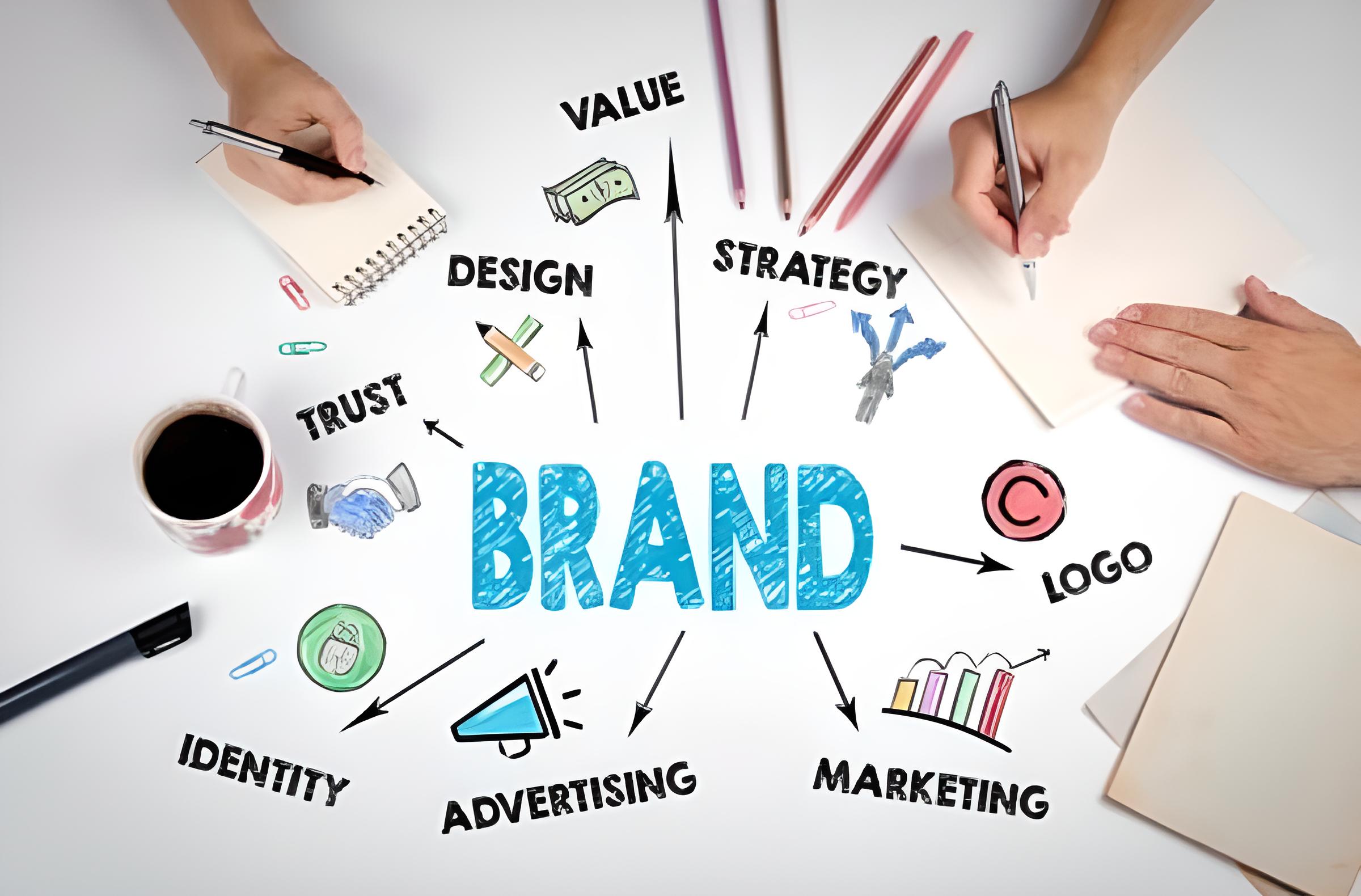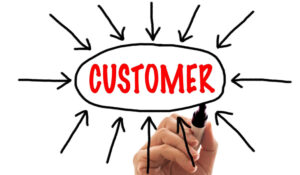Branding is a marketing strategy that helps your company or product stand out from the competition. Branding is different than advertising because it focuses on building a long-term relationship with consumers based on trust and loyalty rather than trying to convince them to buy your product right now.
Building a brand goes beyond the product our service, and is a differentiator in a competitive landscape.

Building a brand goes beyond the product our service, and is a differentiator in a competitive landscape. In fact, branding is about more than just your product; it’s about the company itself, who you are as people and how customers see you—from those first steps on their journey to purchase.
Branding isn’t just about your reputation or the reputation of your products or services. It’s also about how people feel when they interact with you—from their first interaction with an employee to the follow-up after their purchase. And it’s about how you treat customers and prospects at every touch point: from any support tickets they open to whether they get back on track after experiencing a hiccup during checkout.
Branding is any aspect of consumer perception that makes one company or product appear better, more valuable or relevant than another.

Branding is any aspect of consumer perception that makes one company or product appear better, more valuable or relevant than another. Branding can be a logo, slogan, symbol and color scheme. It can also be the way a company communicates with its customers (like through an ad campaign).
Branding is about creating value for your business. The goal of branding is to make your business stand out from competitors and communicate clearly what you offer that others don’t have.
Branding helps your customers identify you as a source for the value you promise to deliver.

Branding is more than a logo and a slogan. It’s your promise to deliver a specific value in a specific way, based on a specific set of beliefs. When customers see your brand, they should know who you are and what you stand for.
You might think this sounds like marketing speak—and it is—but branding goes deeper than that: it’s about making sure that every part of your business reflects the core principles of your company and serves as an extension of those values. The purpose behind branding is not just to drive sales or produce profits; it’s also about building trust among consumers so they can identify you as someone who delivers on their promises consistently over time. In other words, branding helps build customer loyalty by ensuring that people keep coming back again and again because they know they’ll get exactly what they expect from you each time (and maybe even some unexpected perks).
Branding can influence consumer perception so that your product becomes synonymous with the category itself.

Branding, in a nutshell, is the process of creating a unique identity for your product or service.
It’s more than just a logo and advertising. It’s an ongoing process that evolves over time.
Branding is about creating a consistent message and fostering loyalty in customers by making them feel connected to the product itself.
Perceptions about what constitutes real value can be driven by media coverage and advertising as well as peer recommendations or individual experiences.
For example, a consumer might think that a certain product will provide great value because it’s been advertised as such, but their own experience using the product may differ from what they expect.
Consumers may also form perceptions about value based on their own experiences with a product or service. For example, if you have an excellent customer experience with a company and enjoy using that company’s products, then you’ll likely view them as having high value compared to other brands that offer similar products and services.
Branding creates the emotional connection that drives consumers to choose one product over another in an increasingly commoditized marketplace.

Branding is an essential part of marketing: it creates the emotional connection that drives consumers to choose one product over another in an increasingly commoditized marketplace. Branding creates a sense of community, helping customers make decisions and feel like they are part of something bigger than themselves.
Branding works because it’s about more than just your company or product. It reflects who you are as a person, what kinds of experiences you want to offer customers, and why those experiences matter.
As consumers, we are all constantly bombarded with choices. One way to cope with this is to look for shortcuts. Brands serve as shortcuts to supply answers to the questions consumers ask when making choices among brands rather than product categories or generic products.
It’s important for you, as a brand owner and marketer, to understand how these shortcuts work so that you can effectively communicate your unique value proposition within your category of choice.
Brands become identity markers that help consumers feel they are part of a community.

Brands can be used to create a sense of community, in the same way that Starbucks coffee shops help members of their community feel like they belong. When you go into a Starbucks shop, you’re not just getting coffee—you’re also participating in an experience that gives you a sense of belonging.
In fact, brands have become identity markers that help consumers feel they are part of a community. Brands are often associated with positive feelings and even self-worth. You may love your brand so much that it becomes part of your identity and how people see you.
There is a lot more to branding than logos and ad campaigns.

There is a lot more to branding than logos and ad campaigns.
Branding is about creating a perception about your company or product that makes it seem better than your competitors. That’s why so many companies spend millions of dollars on logos, taglines, and advertisements — because those things are all part of the process of branding your business as an industry leader in whatever field you’re in. Companies like Apple, Coca-Cola and Nike have spent billions of dollars on marketing over the years because they know that consumers will form an opinion based on how they’re represented in advertising and other forms of communication (like logos).
These days there’s even more pressure on businesses to stand out from the crowd: high-quality content has become easier than ever for anyone to create thanks to social media platforms like Facebook, Instagram, Twitter and YouTube; this means that even a small operation can compete with bigger players by creating something interesting enough to catch people’s attention online. In order to make sure that happens though they need something compelling behind their brand — otherwise no one will want anything at all!
Conclusion
If you’re a business owner, branding can be your most powerful tool in the marketplace. When consumers identify with your brand, they’re more likely to make positive associations with it and buy your products or services. This helps create loyalty that translates into repeat business for you.





